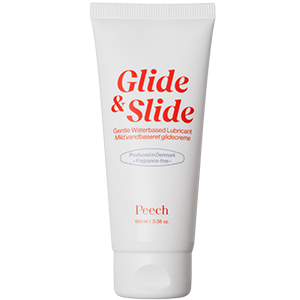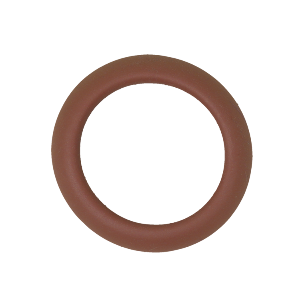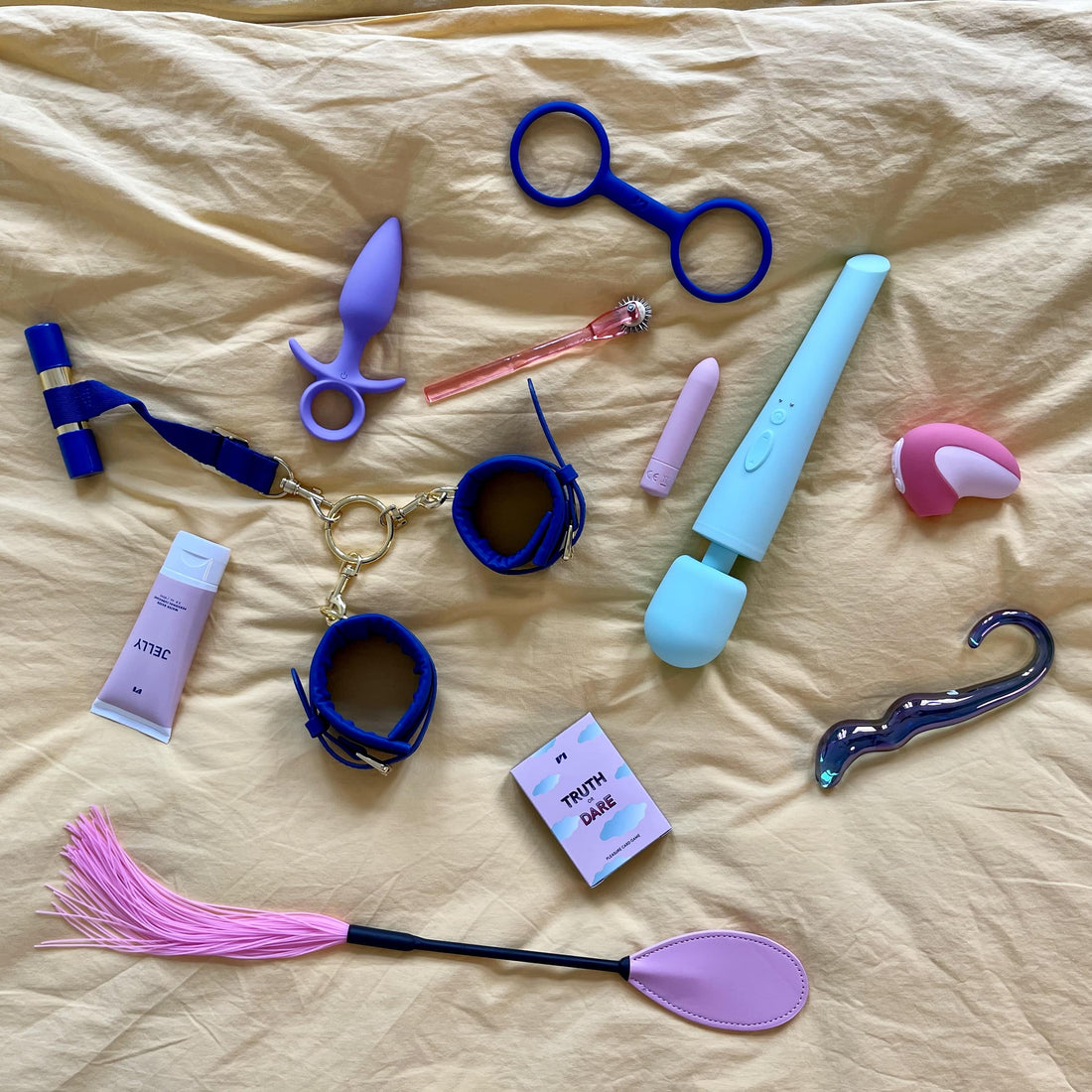How to get good at spanking and impact play
Pain and pleasure seem like opposites at first, but for many they go hand in hand. If you want to experiment with bringing mild pain into the bedroom, spanking and impact play are a great introduction. Read this guide and get advice on how to get started
Spanking or impact play is any form of play where a person receives whips or slaps. For this you can use things like your hands, a whip or a paddle made for the purpose. Many have fantasies involving BDSM elements such as spanking, but find it difficult to get started and act out their desires. Maybe you don't know how you're supposed to spank someone, maybe you have difficulty explaining to your partner(s) what you want? There can be a lot of taboo associated with BDSM, but there is no shame in exploring one's sexuality and the things that turn you on - as long as it is done in a way where care and communication are at the center. BDSM and spanking are not and should not be treated as isolated acts - they also involve everything leading up to it and the care that comes after.
Boundaries
Many associate BDSM and spanking with crossing boundaries, but that should never be the case! During BDSM play you might get close to your limits or push them a bit, but as with "regular" sex, a breached boundary is also a breach of consent - and that's never okay!
Before starting BDSM play, you must therefore make sure to consider; what turns me on? What scares me about BDSM?
When you're aware of your boundaries, it's easier to share and talk about it with partner(s). When you talk, it's important to be completely honest. It's perfectly normal to be a little awkward talking about it the first time, and maybe even the first few times you actually try spanking. But the more you talk about it, the easier it is to navigate because you become more aware of what can/must happen and what shouldn't. It also creates a special sense of security and a bond when you open up and are honest about your desires - even (and perhaps especially) the ones that feel embarrassing.
It's also a good idea to have a safe word in place before you get started. A lot of people in the BDSM community use traffic lights as an indicator, where yellow can mean "my limit is about to be reached" and red means "stop!". Sometimes, however, it's not possible to express yourself verbally - perhaps you have brought a ball gag into the game? - so having a physical safe word is also smart. It could be three pats on the leg, arm or the nearest body part.
Be aware that spanking can leave marks. It can be light redness that goes away after a few minutes, but also raised lines, bruises or even wounds. It depends on how much force you use and which tools - a classic cane, for example, causes wounds or raised lines more easily than the hands or just a paddle.
Be sure to agree before the spanking if you're okay with potentially having bruises or red lines (which will go away after a while). Spanking is nothing to be ashamed of, but not everyone wants to show off a bruised bottom when at the beach, etc.
Which tool should I use?
Many different tools can be used for spanking. The hands can easily be used, and can give a good, hard slap. However, the downside to using the hands is that they can become a bit numb or hurt after several hits. It's a good idea to start with the hands before investing in tools for spanking, so that everyone can become familiar with the experience. But when you're ready, there are several options:
A paddle is a flat and wide tool, which distributes the blow over a larger area, and therefore feels less intense than a whip. However, be aware that the more blows you give with a paddle, the more sensitive the affected area becomes.
TSK from Unbound Babes is a combination of a paddle and a flogger (which is a whip with many tails). The tails give a sharper sensation than a paddle, and are therefore good for the more experienced or those who prefer more intensity. A harder material like leather on the tails gives a sharper pain, while a softer material gives a milder experience. The tails on TSK are made of silicone, so they don't feel that harsh.
Start off nice and slow
If it's the first time you're trying spanking, start nice and slow. Let the tool you want to use for spanking - hands, whip, flogger, paddle - caress the body a little first. Then give a light pat and see how it feels. Alternate between slapping or whipping and then just running the tool along the body. The alternating sensation is tantalizing and arousing for all parties, and the release when the whip/hand/etc. finally hits becomes even better.
Where NOT to spank?
There are certain areas of the body where hitting can be dangerous. This is especially true on the kidneys, neck, face and ears, as all areas can sustain permanent damage if hit hard enough. Please look at this illustration of a map detailing which areas you can slap generously and which you should stay away from. This doesn't mean you should feel discouraged or afraid of trying spanking - but you should show respect for the act and handle your partner(s) with care.
Aftercare
When you're done, you're actually not done yet - aftercare is an important and non-excludable part of BDSM. Take some time to relax and slow down your breathing. One (or more) of you may be a little sore and red, so it may be nice to give a pleasant massage.
A massage oil like this one from Sensuva is great as it contains hemp seed oil which is soothing and healing for the skin. If the whip or the hands got used with a lot of force causing small wounds, it's a good idea to leave the skin alone for a day or two before applying anything - there are very few creams and oils that can be used internally.
You should also talk about the experience, what parts were good and what can be done differently. Practice setting your boundaries again, and share with your partner(s) if they've moved, whichever way. Remember, however, that your limits can change all the time and can depend on many factors, e.g. how tired you are, stress, sleep, etc. If you've enjoyed something in the past, but then suddenly not, it's always okay to say no. The safe word is used when your limit has been reached, and you're the only one that decides when that is.





